For a long time, when discussing the development prospects of display technology, people always hold this mentality: Some sort of display technology will replace the status of LCD and form a monopoly situation. If you look at the process of replacing CRT technology with LCD, it seems that such inference is correct. Because current CRT technology has been completely eliminated, LCD display technology has become mainstream. Although the field of projection can be seen in DLP display technology, LED display technology in the large screen area, but LCD is still the dominant player in the display area. 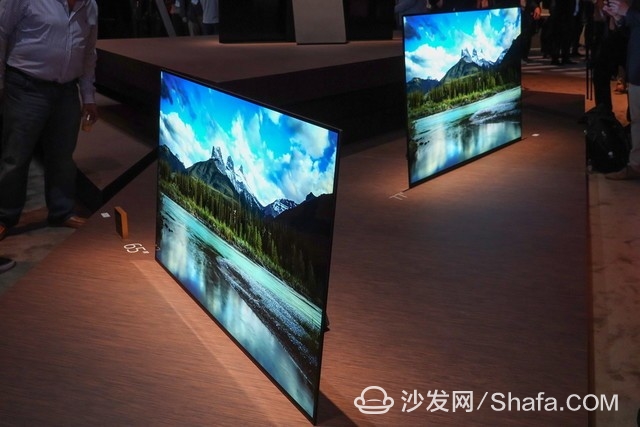
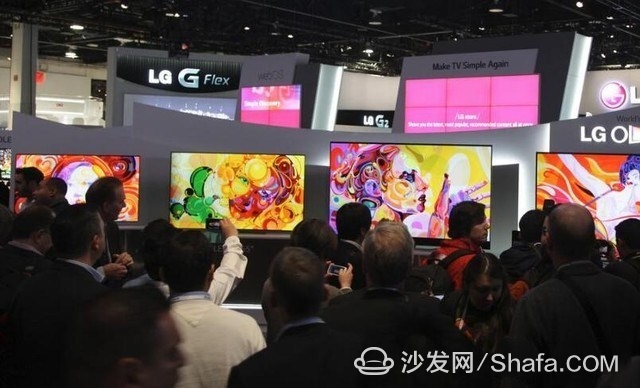
After all, consumers will not pay for new technology, and ultimately determine the market's price or price. Nowadays, various technologies are looking for a market that suits them. Different markets differentiated by price will likely accommodate the survival of multiple display technologies. And in the future, the needs of consumers have also become diversified, and one technology has hit the world, and the means for one product to fight the world may not exist.
Today we come to look at the development prospects of different display technologies.
OLED popularity is the most optimistic about the potential of OLED panel We have said a lot, no backlight, active light is the basic advantage, so you can achieve ultra-thin, but also to the flexible field of development. OLED panel development has been for many years, but the technology has not been very mature. The small-screen market is mainly applied to mobile phones. For example, the iPhone X uses the AMOLED screen provided by Samsung, and the large-screen OLED TV is not uncommon.
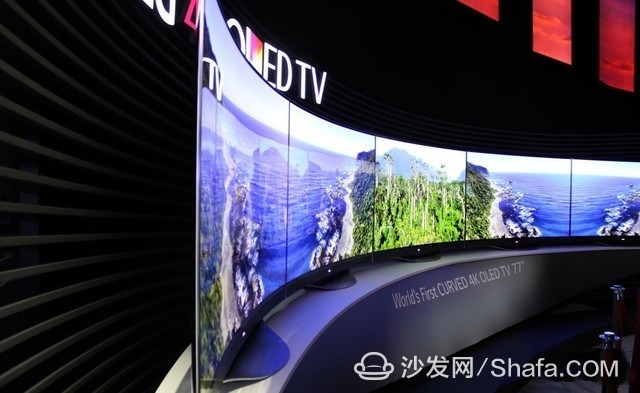
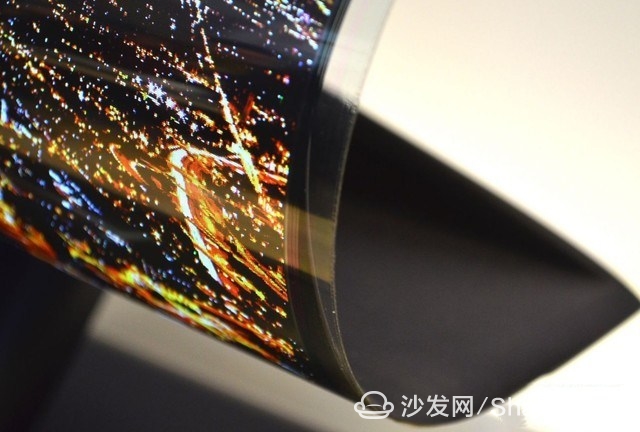
Does OLED completely squeeze the LCD panel market? The author thinks this process will be slow. The development of LCD technology has had obvious price advantages for so many years, and although the cost of OLED panels declines with the development of technology, it will surely put pressure on the entry market in the future. However, this process may be very long. I expect that the OLED panel will have obvious advantages in 2025.
The laser display is the basis of the king laser display of the ultra-large screen market. The projector using a laser light source solves the problem of the life span, and at the same time, the brightness has been improved. With ultra-short focus technology, projection has the ability to project large screens at ultra-short distances. Laser television is such a product.
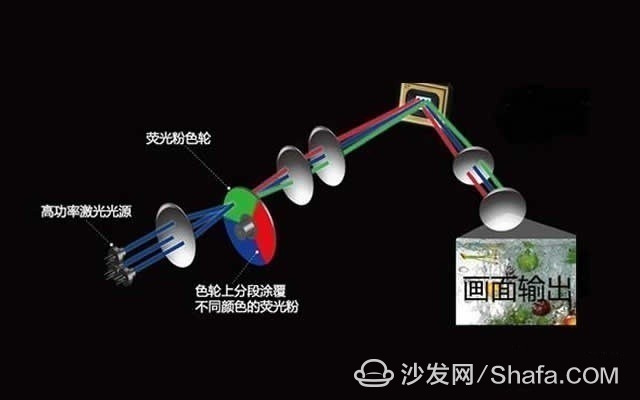
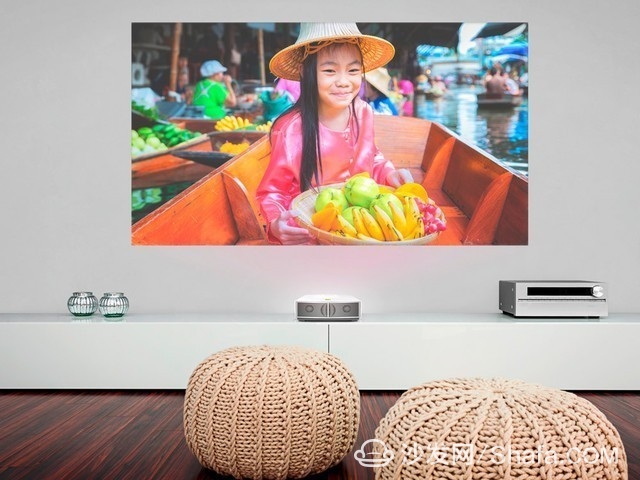
QLED is destined to just pass passengers QLED technology currently has two uses, the first is QLED backlight film, with blue LED illumination of this film can effectively enhance the LCD panel color gamut. Current QLED TVs are basically such products. This kind of QLED (Quality Point) TV is essentially an LCD product, but it has improved color performance compared to conventional LED-backlit LCD TVs.
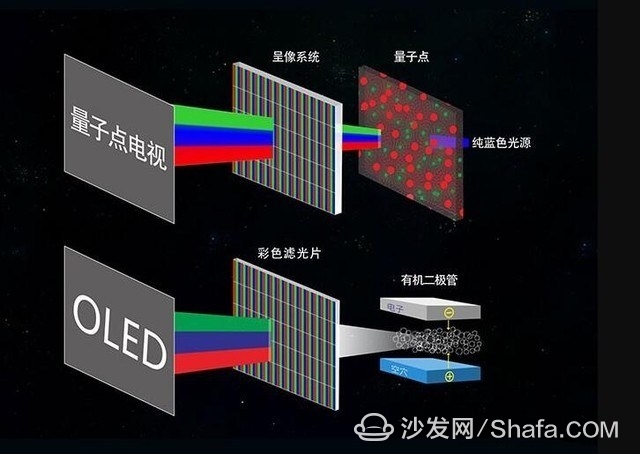
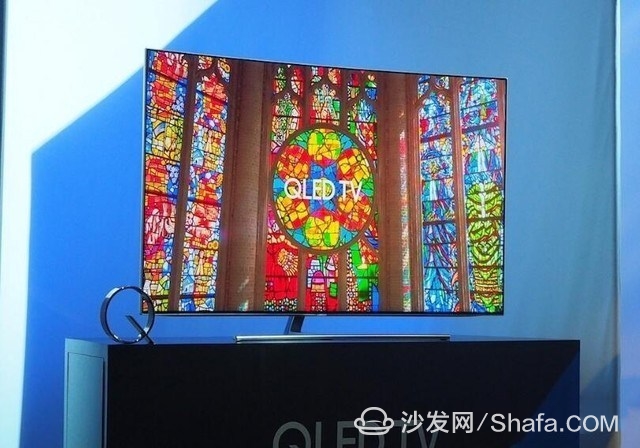
Micro LED OLED's biggest rival Micro LED is actually the biggest competitor of OLED panel. This technology is even more advanced than OLEDs in terms of miniature size, low power consumption, high color saturation, and reaction speed. The technology of Micro LED reduces the pixels of general LEDs from millimeters to micrometers, so the chip size is only one percent of the original mainstream LEDs.
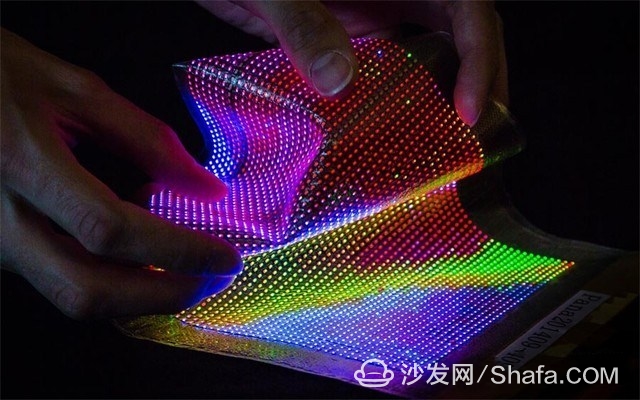
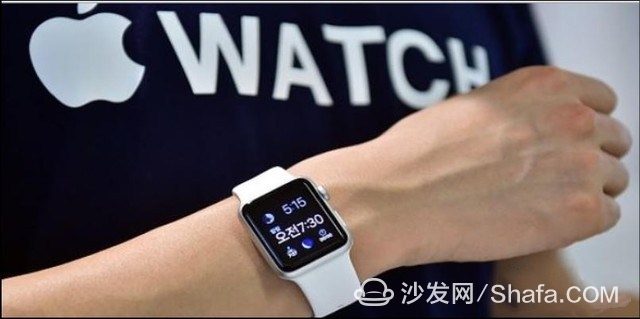
Some markets that require energy-efficient display are still very eager for Micro LED. After all, today's battery technology development is encountering bottlenecks. To increase the display time, it is a very meaningful attempt to find ways on the power-consuming screens. Still, I think the future of Micro LED is still applied in special markets, and the trend of large-scale popularization is not clear.
Taken together, the emerging display technologies that can be widely adopted today are only OLEDs. However, the absolute advantages of OLED panels are not overwhelming compared to LCDs. Therefore, it is impossible to replace LCD products in a short period of time. I believe that laser TV, QLED, and Micro LED technology have their own unique advantages, and may coexist with OLED panels in the future, but it is still difficult to form a popular trend.
Smart TV/box information can focus on smart TV information network sofa butler (http://), China's influential TV box and smart TV website, providing information, communication, TV boxes, smart TVs, smart TV software, etc. Answering questions.

Who can kill? Analyze the future of display technology who will emerge
Dirty strangling? It may not exist, but the author believes that the future of display technology development may not form a unique situation. Looking at the current display technology layout, in fact, there is no obvious advantage of any kind of technology. This is not the same thing as liquid crystal display technology that wins CRTs in terms of volume, size, and resolution. For example, the hot OLED panel, although it has no obvious technical advantages of backlight, but in a specific market, such as television, it is not significantly better than LCD products using quantum dot backlight. 
The development of display technology in the future is not an "all-or-nothing" relationship.
Looking at the entire display market, we can find a situation where almost every technology is improving. It may be that LCD has been considered as old technology, but after adopting quantum dot backlight film, color gamut rises; after adopting block backlight, contrast has great advantages, and its resolution and HDR function are upgraded and improved steadily. Advance. Taking into account the price of LCD panels, it can be said that the competitiveness of LCD technology is not weak. After all, consumers will not pay for new technology, and ultimately determine the market's price or price. Nowadays, various technologies are looking for a market that suits them. Different markets differentiated by price will likely accommodate the survival of multiple display technologies. And in the future, the needs of consumers have also become diversified, and one technology has hit the world, and the means for one product to fight the world may not exist.
Today we come to look at the development prospects of different display technologies.
OLED popularity is the most optimistic about the potential of OLED panel We have said a lot, no backlight, active light is the basic advantage, so you can achieve ultra-thin, but also to the flexible field of development. OLED panel development has been for many years, but the technology has not been very mature. The small-screen market is mainly applied to mobile phones. For example, the iPhone X uses the AMOLED screen provided by Samsung, and the large-screen OLED TV is not uncommon.

OLED screen has a broad development prospect
At present, there are two major obstacles to the development of OLED panels. The first is technical, and the lifetime of OLED screens is still not perfect. Compared with LCDs, there are still gaps. In addition, the color performance of OLED screens is not ideal. Although OLEDs have been improving these problems in recent years, they have not completely solved these problems from the results of R&D. 
It takes a long time for OLED to squeeze the living space of LCD
The second problem is that in the market, the current price of OLED panels is relatively expensive. However, this problem is not difficult to solve, and now China has launched many OLED panel production lines. The price of OLED panels in the future will certainly be reduced. With the drop in the price of OLED panels, the prospects for the development of OLED panels are promising, and they are the most promising display technologies with popular trends. Does OLED completely squeeze the LCD panel market? The author thinks this process will be slow. The development of LCD technology has had obvious price advantages for so many years, and although the cost of OLED panels declines with the development of technology, it will surely put pressure on the entry market in the future. However, this process may be very long. I expect that the OLED panel will have obvious advantages in 2025.
The laser display is the basis of the king laser display of the ultra-large screen market. The projector using a laser light source solves the problem of the life span, and at the same time, the brightness has been improved. With ultra-short focus technology, projection has the ability to project large screens at ultra-short distances. Laser television is such a product.

The technical basis of laser television is projection
Laser TV also has its own unique advantages in the ultra-large market in the future. Although LCD and OLED panel prices are declining, it is not appropriate to use LCD or OLED products in markets over 70 inches. Regardless of energy consumption, transportation and installation, oversized tablet devices are very troublesome. When installing a 100-inch tablet device, even a crane is required to lift the product from the window into the house. 
Laser display can create a large home screen
The product of laser television is different. The volume is very small and the installation is relatively convenient. It can be configured with a hard screen or a soft screen. The current laser television anti-light curtain soft and hard screen are all. For a user with a large space environment, it is possible to directly transport a hard screen, and for a user with a small space, a soft screen can be used for installation, so that it can be assembled at a customer's home, and there is no problem of transportation difficulties. QLED is destined to just pass passengers QLED technology currently has two uses, the first is QLED backlight film, with blue LED illumination of this film can effectively enhance the LCD panel color gamut. Current QLED TVs are basically such products. This kind of QLED (Quality Point) TV is essentially an LCD product, but it has improved color performance compared to conventional LED-backlit LCD TVs.

The current application of quantum dots is to enhance the backlight color performance
In fact, there is a second usage of QLED technology, that is, the same as OLED panels, directly into the panel, the advantages of self-luminous similar to the OLED panel. However, I believe that this usage has no future. Because OLED panels have been developing for so long, QLED panels have no core advantages over OLED panels, and their technological development is lagging behind. Waiting for the QLED panel to mature, the price of OLED panels has long been very close to the people, and when QLEDs with scale advantages won't be used to fight OLEDs? 
Quantum dot panel technology is not yet mature
Therefore, I believe that the QLED technology does not have much future. This technology is more used in conjunction with the LCD panel to enhance the LCD's color gamut in a short time. This feature may not be competitive in the future, because with the drop in the price of OLED panels, its color gamut will be better. Users who focus on color gamut effects can directly purchase OLED panel products. Micro LED OLED's biggest rival Micro LED is actually the biggest competitor of OLED panel. This technology is even more advanced than OLEDs in terms of miniature size, low power consumption, high color saturation, and reaction speed. The technology of Micro LED reduces the pixels of general LEDs from millimeters to micrometers, so the chip size is only one percent of the original mainstream LEDs.

The main advantage of Micro LED is energy saving
However, there are even more technical problems with the Micro LED. A 165 million 10X10 μm (10 μm pitch) Micro LED die can be fabricated on a 6-inch Wafer. Moving an LED chip to an IC or a substrate is very difficult. 
The future of Micro LED lies in the market with energy-saving demand
I believe that the development of Micro LED is relatively late, and it is difficult to squeeze the living space of the OLED panel. It is expected that the technology of Micro LED will really mature and it will be after 2020. At that time, the scale of survival of OLED panels has been relatively large, but it cannot be said that Micro LED has no chance. Some markets that require energy-efficient display are still very eager for Micro LED. After all, today's battery technology development is encountering bottlenecks. To increase the display time, it is a very meaningful attempt to find ways on the power-consuming screens. Still, I think the future of Micro LED is still applied in special markets, and the trend of large-scale popularization is not clear.
Taken together, the emerging display technologies that can be widely adopted today are only OLEDs. However, the absolute advantages of OLED panels are not overwhelming compared to LCDs. Therefore, it is impossible to replace LCD products in a short period of time. I believe that laser TV, QLED, and Micro LED technology have their own unique advantages, and may coexist with OLED panels in the future, but it is still difficult to form a popular trend.
Smart TV/box information can focus on smart TV information network sofa butler (http://), China's influential TV box and smart TV website, providing information, communication, TV boxes, smart TVs, smart TV software, etc. Answering questions.
Heated Seat Cushion,Heated Seat Cushion for Office Chair,Heated Seat Cushion USB,Electric Heated Seat Cushion
Ningbo Sinco Industrial & Trading Co., Ltd. , https://www.newsinco.com
